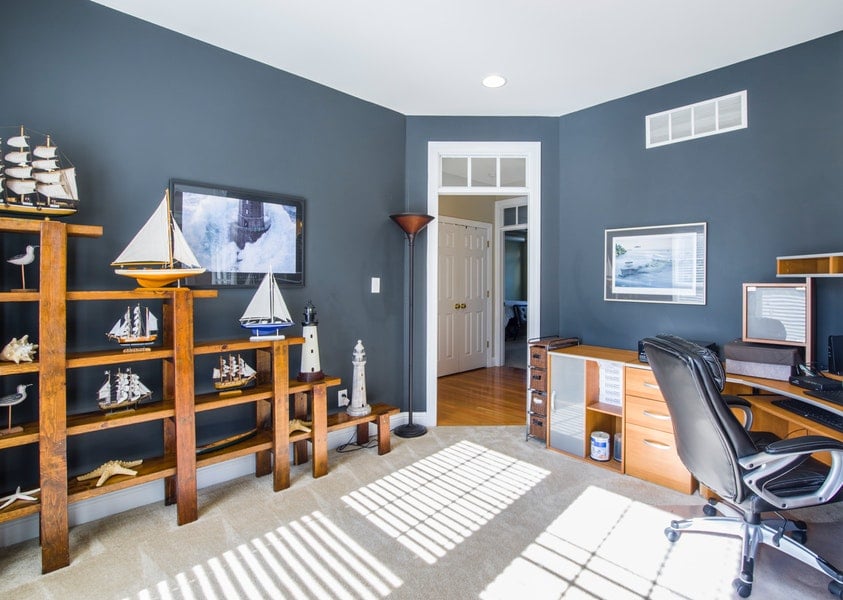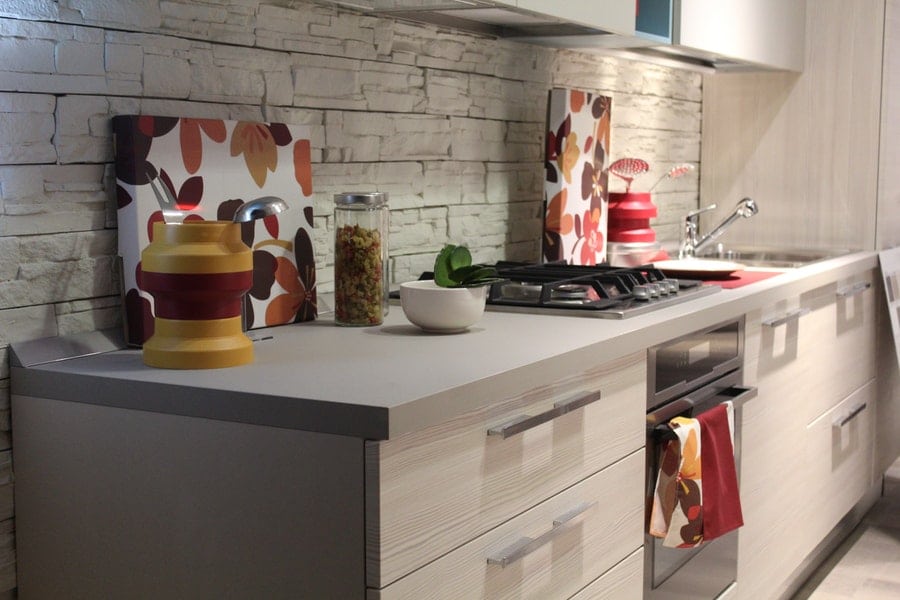Is your junk drawer overflowing? Over time, we can accumulate a large volume of things that just don’t seem to have a proper place in our home. What are we supposed to do with all these odds and ends that don’t really have a place in the house?
1. Take an Inventory of Your Odds and Ends Items
Bring all of your odds and ends items into a single place. A dining room table or a living room floor is the perfect place to start sorting. Often, the reason items get shuffled into random places is because you haven’t taken the time to organize them as a whole. Just getting everything into a single place will give you a better idea of what needs to be organized.
Always follow the Declutter Mantra: Don’t overthink. Just go. When you stop to overthink, it’s very easy to feel overwhelmed. Normally, you instinctively know where something should go, and whether you truly need it. It’s when you stop to think that you can be caught up in indecision.
2. Get Rid of the Items That You Don’t Need

It’s always easier to clear out the clutter when you don’t have as much clutter to clear. Begin by getting rid of the items that you don’t need; you don’t need to throw them all out, but they do need to have a purpose in order to stay.
- Repurpose old items you don’t want to get rid of. Mason jars can become cups, storage, or decor. Old frames can be fixed and hung on the wall.
- Donate items that you don’t want. It may make you feel better to get rid of items by donating them. Even if you’re not using them, someone else could be.
- Throw away anything that’s no longer useful. If you really don’t use anything anymore, it’s time to get rid of it. Don’t try to keep things you don’t need.
If you’re having a hard time separating from some items, toss them in a cardboard box. If they aren’t taken out of that cardboard box in six months, they might as well not be there!
3. Organize Everything by the Room It Belongs In
Miscellaneous items may still have a certain room that they belong to. Begin by organizing items: does this belong in the kitchen? In the laundry room? In the bedroom? Once you get them into the room, try to find the place where you would be using them the most. If it’s a kitchen implement, for instance, place it by the counter.
If something can’t go into a specific room, then it remains in the “odds and ends” stack. You can get rid of the “odds and ends” stack later on. For now, bring the items that do have a place into their appropriate rooms to be sorted.
4. Create a Dedicated Space for the Remaining Items
Anything that’s still in your “odds and ends” pile can go into a dedicated space. There isn’t always a place for a specific item, especially one off items that you use infrequently. At the same time, you may still use them enough that they’re still valuable. Consider making a single shelf or drawer for these items, depending on how many of them there are.
5. Separate the Items Based on How Frequently They’re Used

Within your dedicated space, make sure that you separate your items between the ones that are frequently used and rarely used. You can use bins or separate areas of the shelves, but regardless, this will help you keep your odds and ends organized in the future. Otherwise, you’ll find yourself having to sift through your bins all the time when you need something.
6. Use Functional Organizational Tools to Further Store Your Items
Transparent drawers make it easy to organize items while also seeing where everything is. Dollies make it easy to access items even inside of smaller spaces, while keeping them separate. Take a trip to the home store to find new organizational tools. You may find that hanging your odds and ends along the inside of a cabinet, or separating them inside of wicker baskets, makes them more tidy and accessible.
With a little work, you can make sure that your odds and ends have been neatly organized, and that they finally have a place to call home. But that’s only one of the issues you might need to tackle. Follow the Get Organized Wizard for more organizational tips.

